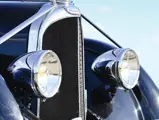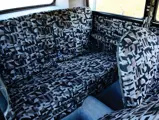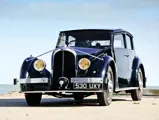95 bhp, 2,994 cc inline sleeve valve six-cylinder engine, two-speed electromagnetic gearbox, solid front axle and live rear axle with semi-elliptic leaf springs, and four-wheel hydraulic drum brakes. Wheelbase: 3,280 mm
• Timeless Gabriel Voisin design
• Bespoke styling features including hydraulic sunroof
• One of only 25 C25s originally built in all body styles
• Sporting two-door, four-seat coupé
Gabriel Voisin has been described variously as a mechanic, engineer, architect, aerodynamicist, inventor and industrialist. He was also an artist, musician, poet and philosopher. In short, he was remarkable. Born in 1880, he studied architecture, but after witnessing demonstrations of wireless telegraphy and seeing the fanciful Avions flying machine of inventor Clément Ader, he became transfixed with dynamic objects. He resolved to devote himself to the nascent discipline of aviation.
Voisin built his first aeroplane in 1902 and two years later joined with his brother Charles to open a factory. In 1911, he took the dramatic step of building all-metal aeroplanes, leading to the production of more than 10,000 airframes during World War I and the manufacture of engines, licensed from Salmson and Hispano-Suiza, to power them. Only when left without aircraft contracts at war’s end did he turn to automobiles.
The first Voisin car was designed by a couple of former Panhard engineers. They had tried to sell the design to André Citroën, who declined the offer. As it had Panhard roots, the car had a Knight-type sleeve valve engine, a type that Voisin made his own, according to the historian Griffith Borgeson, because of its attributes, silence and smooth torque, that mimicked a steam engine. The Type M1 Voisin, a four-cylinder car of four litres, was offered only as a bare chassis. France was starved for automobiles, and Voisin’s name was a household word because of his aviation exploits, so the vehicle found success in the marketplace.
In 1920, Voisin introduced the remarkable C2 at the Paris Salon, a V-12 of 7.3 litres with four-wheel brakes actuated by compressed air and three-point mounting for the engine. The car proved to be too big and too expensive to be profitable, but the lessons learned from its engineering found their way into future models, the C1, C3 and C5. There followed a succession of C-models, from C6 to C16, most of them fours but a few sixes, through 1930. A single exception was the eight-cylinder C13 of 1927.
It was in the design of bodies that Voisin himself shone. Although coming of age with the aeroplane, his mantra was simplicity, which expressed itself in flat sheets of aluminium, stark in their primitive beauty. Their other virtue was lightness. Each car had a radiator mascot, patterned after La Cocotte (the chick) devised for the C5 out of scrap aluminium and riveted together.
The C25 Voisin was first shown at the 1934 Paris Salon. It had the underslung chassis of its predecessor C24 Aérodyne and the same 2,994-cc engine but with higher compression and two carburettors. The shock absorbers were adjustable, and the gearbox was a two-speed-and-reverse affair with electromagnetic gear change. Just 28 C25s were built. Voisin gave his chassis distinctive names like Chasse, Chasseur and Diane. The C25-27 chassis have an Olympic theme: Bob, Luge, Ski. Bodies, too, had imaginative designators: Lumineuse, Myrte, Aérodyne. C25s are known in the Aérodyne, Cimier and Clarière styles. Slab-sided and stark, the Aérodyne particularly so, C25s had a hallmark set of “braces” supporting front wings from the radiator shell. This bit of functional beauty was particularly ‘Voisinesque.’
The car offered here is a very rare Avions-Voisin C25 Cimier. Considering that the factory produced only 28 C25 chassis with five different types of bodies, one can easily imagine that perhaps five or six bodies of this type were built. It is one of the most interesting models in this range, considering that the Aérodyne is a four-door saloon car, whereas the Cimier is a two-door, four-seater coupé.
Chassis number 50012 is a right-hand drive example and one of the most original C25s we have ever seen. Everything on this car is by Voisin. Of course, the Art Deco fabric was redone exactly as it was, but overall, this car is in outstandingly genuine condition. The interior features a brushed aluminium instrument panel, with an instrument layout inspired by the aeroplanes of the era—an absolutely gorgeous arrangement. Also of particular interest is the hydraulically operated sunroof, which was a true innovation of the period and had certainly never been seen before by the average motorist. From the bespoke door handles and full-length door hinge to the windscreen wipers that are set directly into the glass of the fully enclosed indicators, virtually every element on this requires a second look and closer observation from both an artistic and engineering viewpoint.
Beyond the cosmetic superiority, however, this car’s operation is very impressive and can be attributed to Michel Magnin, who worked on the car when it was part of an important Parisian collection. Gabriel Voisin’s hatred of noisy valves is to be appreciated when this C25’s engine is well set up, as almost nothing can be heard. In fact, Philippe Moch, a noted Voisin collector who has owned over 25 examples, drove this particular car and has confirmed that this is one of the best sorted Voisins that he has driven. It is certainly a magnificent and important motor car. A sibling of this car, a C25 Aérodyne, was awarded Best of Show honours at the prestigious Pebble Beach Concours d’Elegance in August, and this particular C25 Cimier exudes those very same, instantly recognisable qualities which showcase the genius of Gabriel Voisin.




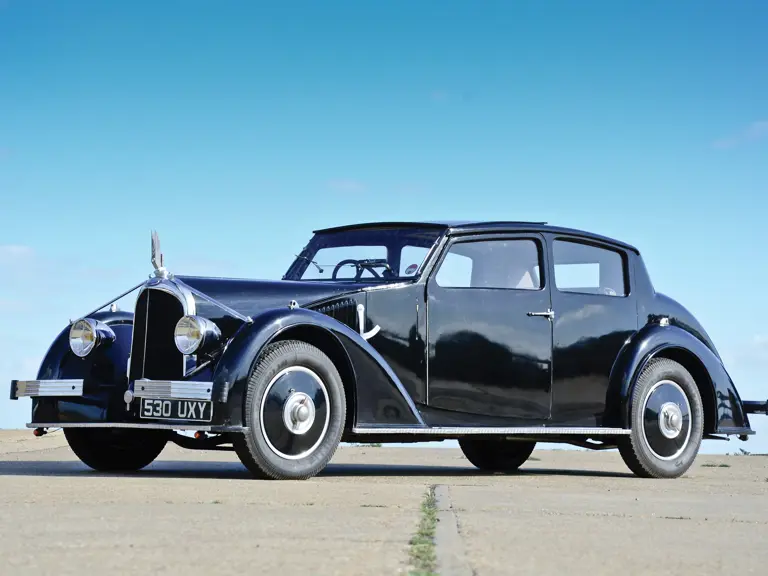










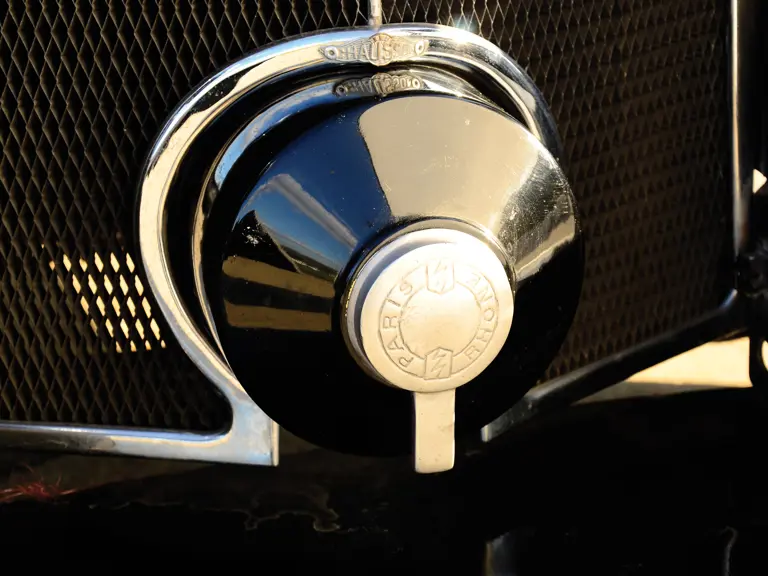

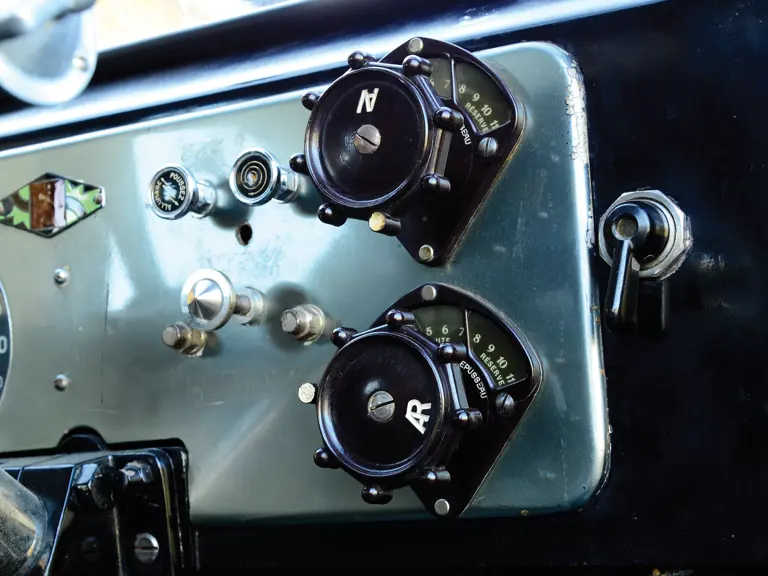







 | London, United Kingdom
| London, United Kingdom




